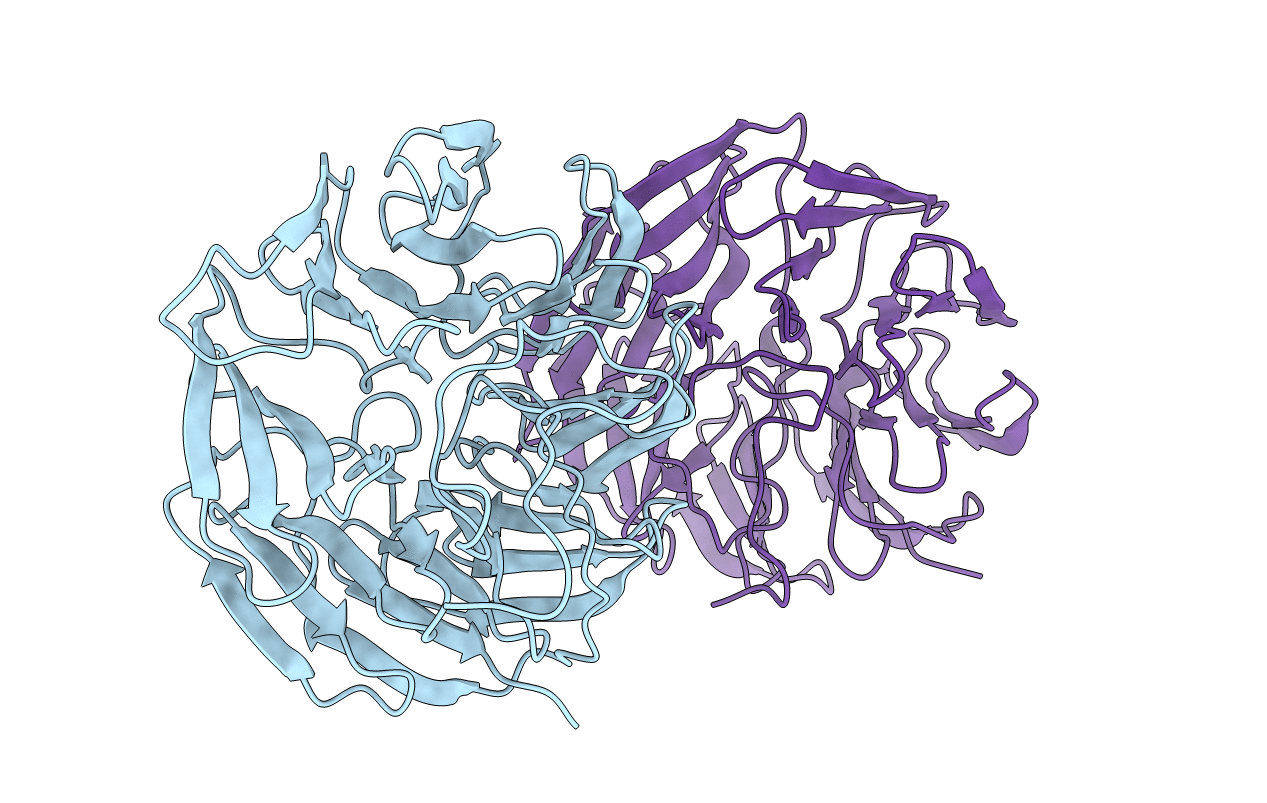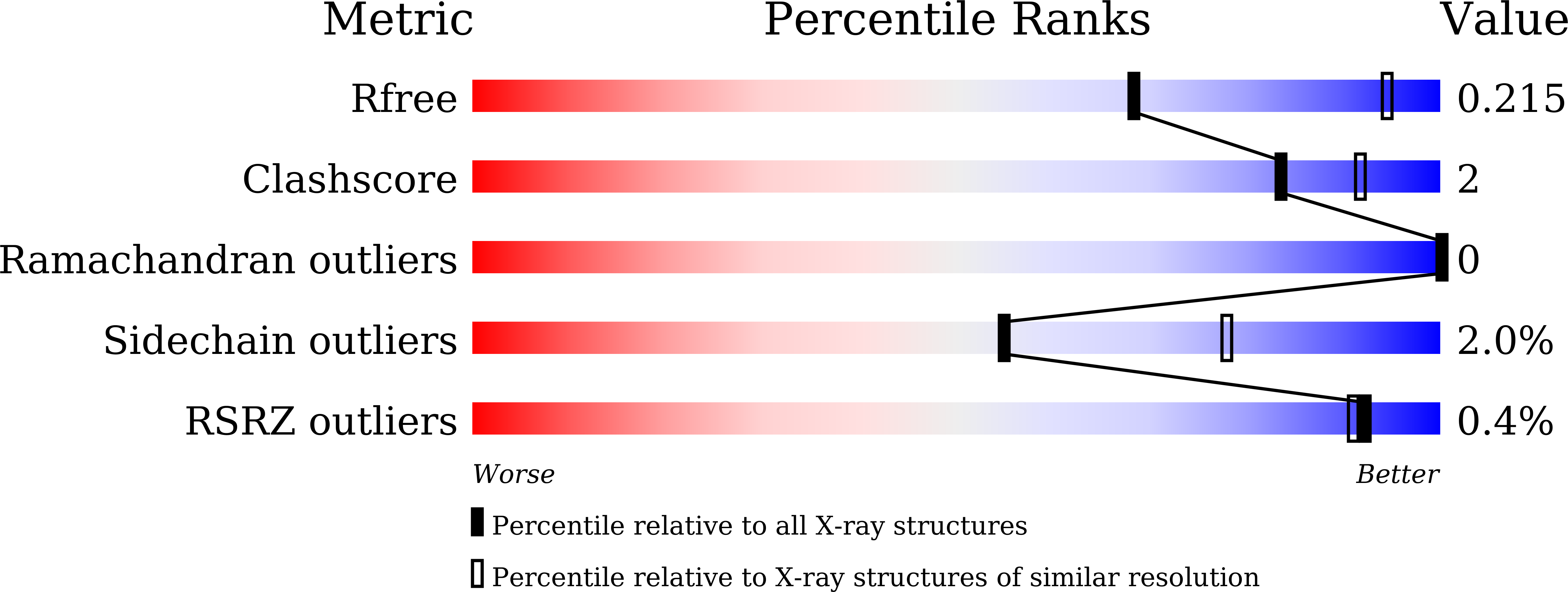
Deposition Date
2021-04-30
Release Date
2022-01-12
Last Version Date
2023-11-29
Entry Detail
PDB ID:
7EQ5
Keywords:
Title:
Plant growth-promoting factor YxaL mutant from Bacillus velezensis - T175W/W215G
Biological Source:
Source Organism:
Bacillus velezensis FZB42 (Taxon ID: 326423)
Host Organism:
Method Details:
Experimental Method:
Resolution:
2.60 Å
R-Value Free:
0.21
R-Value Work:
0.18
R-Value Observed:
0.18
Space Group:
P 65


